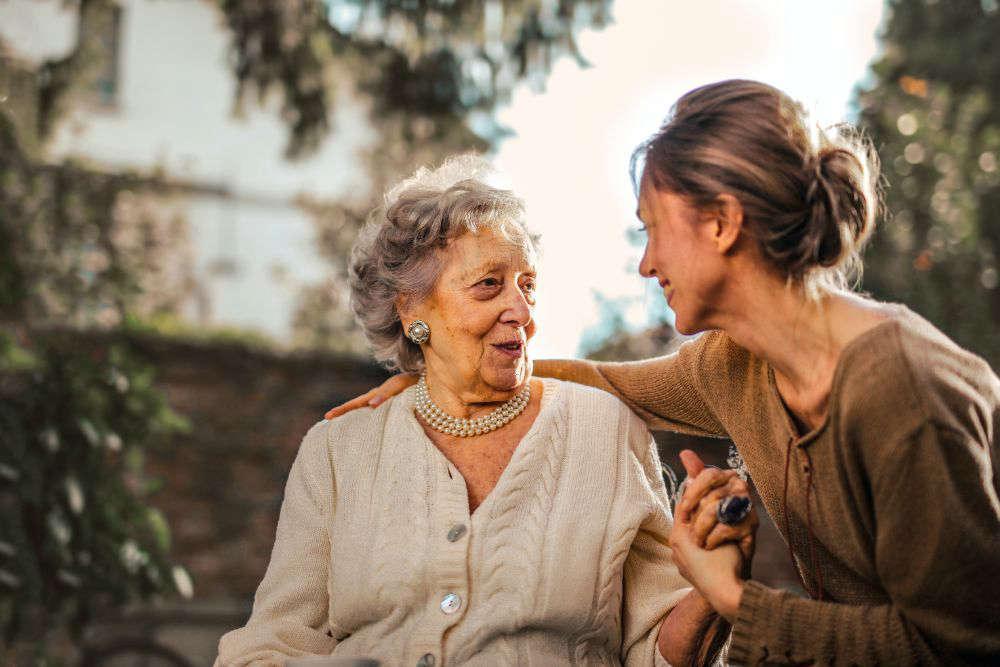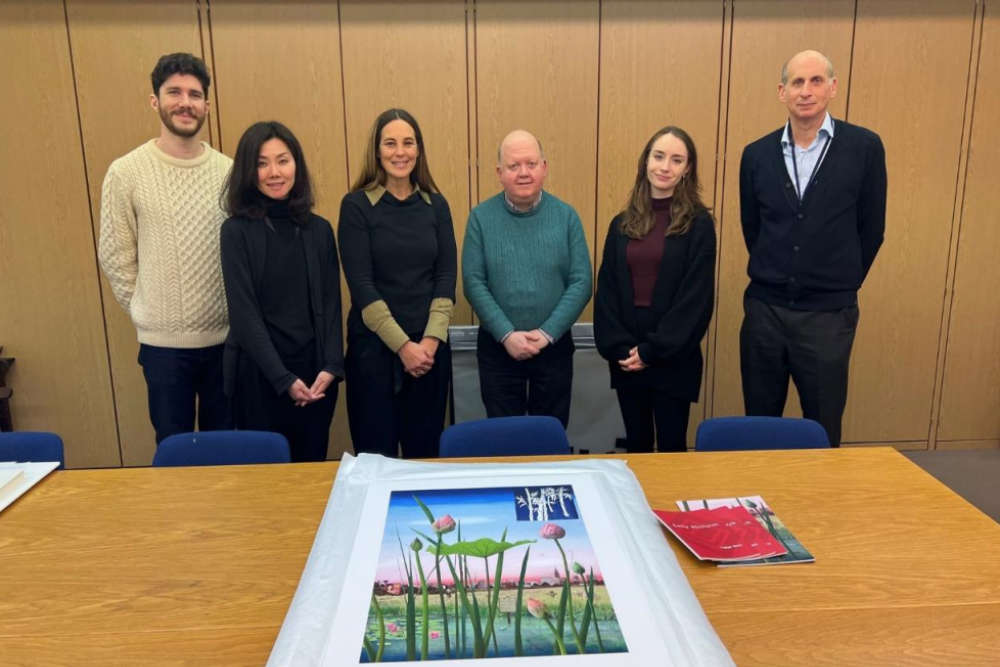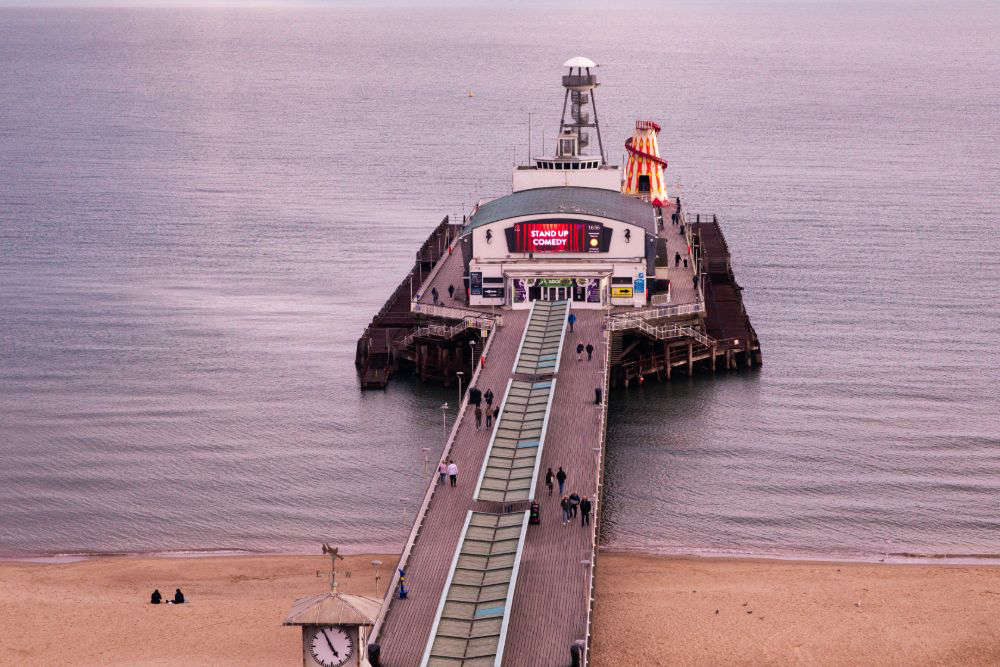
A new exhibition is coming to Jersey Museum, and as part of it, islanders are encouraged to eat locally sourced food for a week in August.
'Bouan Appetit' is exploring Jersey's rich history with food, from field to fork and other areas like fishing and dairy.
It launches on 15 July and showcases how the first Neolithic farmers produced food going through time to see the role food played in the Occupation and now in the hospitality industry.
Lucy Layton, Jersey Heritage’s Exhibitions Curator, says the island's landscape influenced the food eat now and all those hundreds of years ago.
"Being a small island that slopes to the south with our steep facing cotes, early potatoes were historically a very important part of the food that we grew.
The same with the Jersey breed of dairy cow, how that developed on the island and was exported worldwide and is now the second most numerous breed globally, it's a very important way of people internationally knowing about the island."
Different photos and paintings will accompany the exhibitions, such as 'Tante Elizabeth' by Edmund Blampied, an oil painting from 1922-1923.
A 1940s fishing log book from Seymour Tower and a hand-painted tomato export book from 1946 will also be displayed.
Edmund Blapied's 'Tante Elizabeth'
Olive Syvret, a living history character from the 1940s, will be at the exhibition welcoming visitors this weekend between 2 pm and 4 pm, chatting about her favourite recipes, such as bean crock and black butter.
Jersey's tidal range is the third largest in the world, meaning early islanders had to be creative with fishing.
They created an incredible tradition of low-water fishing, which can still be seen today.
The other part of the exhibition is its community aspect, which encourages islanders to eat local products for a week in August.
Islanders can do this by eating produce from hedge veg stalls, going to local restaurants and cafes or even eating the food they have grown themselves this summer.


 The split between working and non-working Jersey homeless is nearly 50/50
The split between working and non-working Jersey homeless is nearly 50/50
 Carers offered free training sessions for dementia
Carers offered free training sessions for dementia
 Firefighters save two islanders from serious St Peter car crash
Firefighters save two islanders from serious St Peter car crash
 New Channel Islands catamaran tests well in choppy seas
New Channel Islands catamaran tests well in choppy seas
 Jersey-born artist's work exhibited in the British Museum
Jersey-born artist's work exhibited in the British Museum
 Jersey Hospice opens new chairty shop out east
Jersey Hospice opens new chairty shop out east
 FIRST LOOK: New Parade Gardens playgrounds open two weeks early
FIRST LOOK: New Parade Gardens playgrounds open two weeks early
 Bournemouth on the cards for 2026
Bournemouth on the cards for 2026

